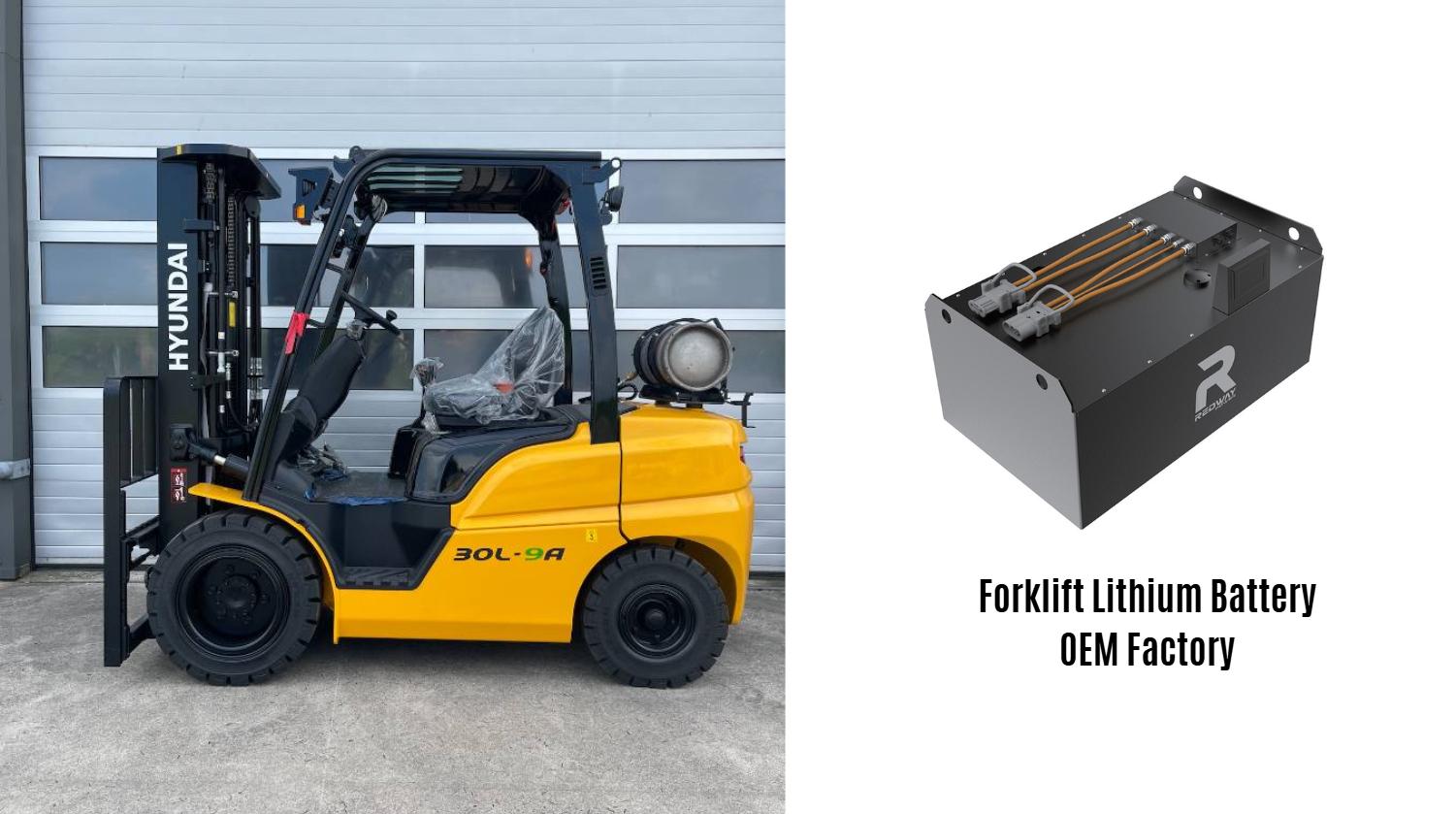Proper maintenance involves checking electrolyte levels weekly, using distilled water to refill cells after charging, and avoiding overfilling. Always wear protective gear, follow manufacturer guidelines, and inspect for leaks or corrosion. Regular maintenance extends battery life and ensures optimal performance.
Why Is Water Level Maintenance Critical for Hyundai Forklift Batteries?
Water levels in lead-acid batteries prevent plate exposure, overheating, and sulfation. Low electrolyte levels reduce capacity and cause irreversible damage. Hyundai recommends monthly checks to avoid costly replacements and ensure operational safety in material handling environments.
Maintaining proper water levels ensures the sulfuric acid electrolyte can effectively conduct electricity between the plates. When levels drop, exposed plates oxidize and sulfate crystals form, permanently reducing storage capacity. Hyundai batteries use porous separators that require full submersion to prevent thermal runaway during high-current operations. Dehydration also increases internal resistance, forcing the charger to work harder and generating excess heat that warps plates.
| Water Level | Effect on Battery | Recommended Action |
|---|---|---|
| Below plates | Irreversible sulfation | Immediate refill + equalization charge |
| At recommended level | Optimal ion flow | Monthly monitoring |
How Does Temperature Affect Water Consumption in Batteries?
High temperatures (above 90°F) accelerate evaporation, requiring biweekly checks. Cold environments slow consumption but increase sulfation risk. Hyundai’s climate guidelines recommend adjusting check frequency seasonally.
Temperature fluctuations directly impact electrolyte density and evaporation rates. For every 15°F increase above 77°F, water loss doubles. In freezing conditions, electrolyte contracts, potentially exposing plates even with adequate summer levels. Hyundai advises installing battery compartment temperature sensors in extreme environments. Warehouses using space heaters should implement weekly checks during winter months, while summer maintenance requires verifying ventilation systems to prevent thermal stacking.
| Temperature Range | Check Frequency | Maintenance Tip |
|---|---|---|
| 32-50°F | Every 45 days | Pre-charge warm-up cycles |
| 77-95°F | Every 10 days | Use cooling racks |
“Hyundai forklift batteries thrive on predictability. Use automated watering systems to maintain levels within 5% of ideal. Overlook this, and you’ll lose 30% of battery lifespan prematurely.”
— Redway Power Solutions Senior Engineer
FAQs
- How often should I check a Hyundai forklift battery?
- Weekly for heavy use; biweekly for moderate.
- Can I use deionized water instead of distilled?
- No—Hyundai specifies distilled to avoid impurities.
- What’s the cost of neglecting water levels?
- Up to $4,000 for premature battery replacement.




